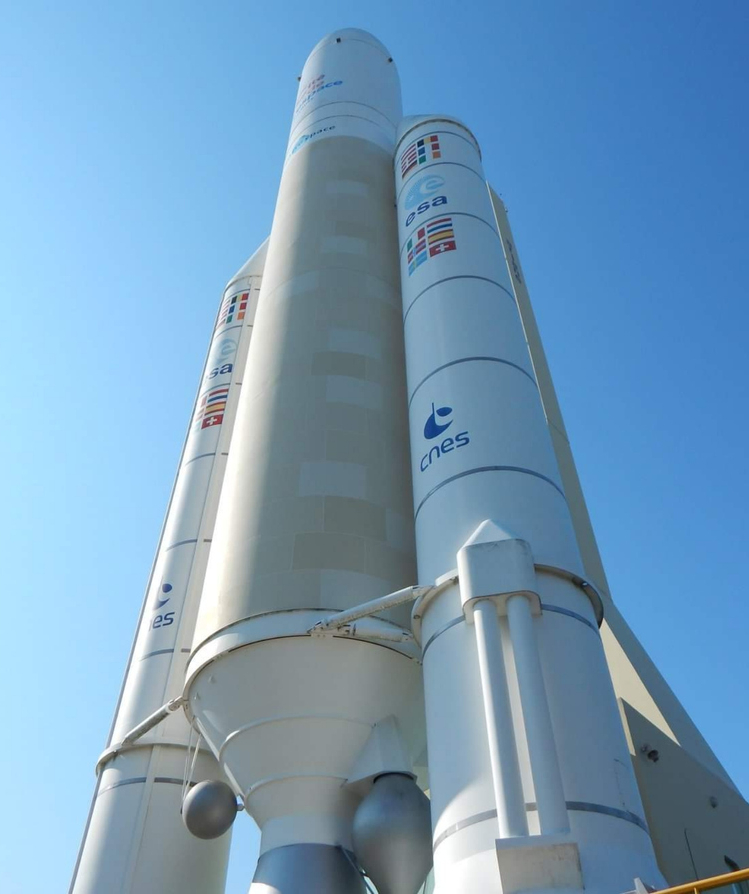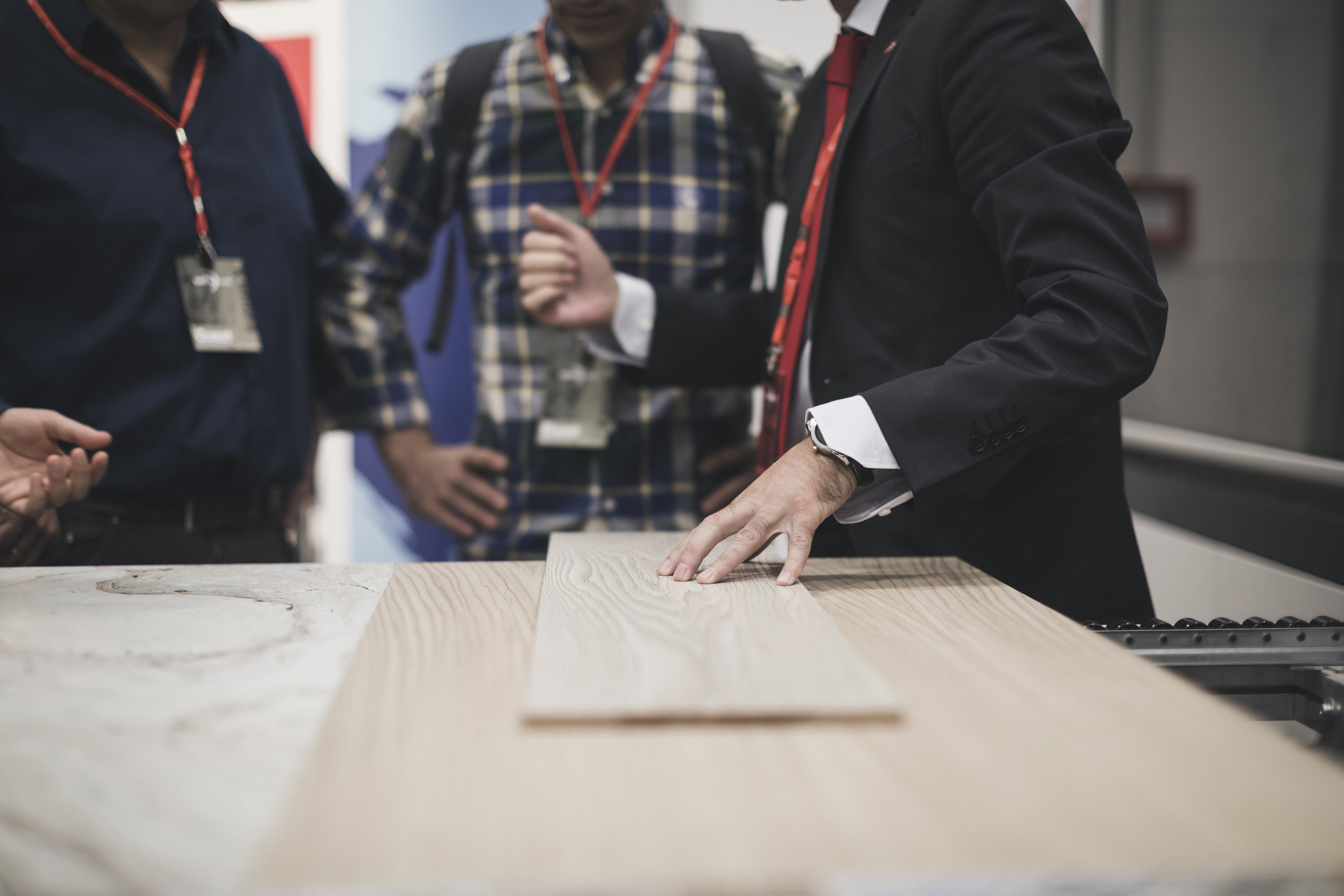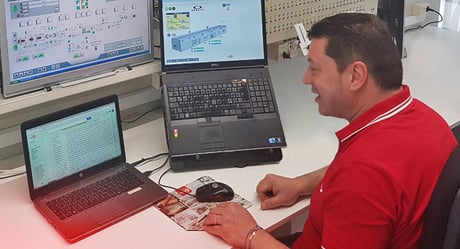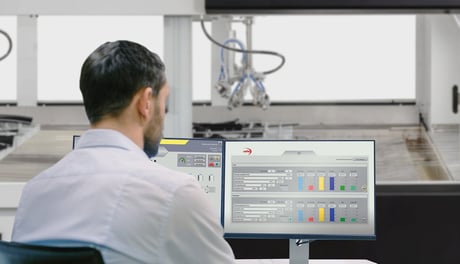Aerospace industry: finishing challenges for components
The aerospace industry requires high quality coating finishes for its aircraft, helicopters and satellites. Aerospace coatings must be able to withstand corrosion and wear stress over time. Additionally, components for aircraft and spacecraft must withstand extreme temperatures, ultraviolet radiation and other environmental factors.
To ensure compliance with these standards, it is essential to use only the best technologies. This is why suppliers must have gained specific experience in designing finishing lines for the aerospace industry.
Requirements
Requirements of finishing solutions for the aerospace industry
The requirements for aerospace coating solutions depend on the type of application: there are many different components that need to be machined, coated and finished. The coating requirements for mechanical components will be different from those of aircraft interiors or exteriors. However there are common characteristics:
- Impeccable quality - the amount of coating product applied must be consistent to obtain a homogeneous, top quality finish.
- Resistance to time and weathering: the surface finish must withstand extreme temperatures and environmental conditions, corrosion and wear.
- Flexibility: one coating line used to finish a variety of components needs to be flexible throughout the process phases (finishing, drying and handling.)
- Minimised Weight: weight is a critical issue for aerospace components. The thickness of the finishing coat must be adjusted to ensure proper substrate protection without applying unnecessarily thick coating layers.

Finishing technology applications for the aerospace industry
Aerospace finishing technologies can be used for different components, made of carbon fibre, aluminium or other high-tech materials.
A vast range of raw materials are used, as well as a number of technologies including:
Technologies
Application fields
Below are some aerospace industry specific application areas and finished products:
APPLICATIONS

Executive jet interior

Scratch-resistant finishes

Aircraft structural parts

Aircraft overhead compartments
Focus On

Flexibility and precision
As we mentioned earlier, a crucial aspect for suppliers of airlines and the aerospace industry in general is production flexibility. Aircraft and spacecraft are made up of thousands of different parts, many of which require coating. So, in order to enhance business opportunities in this industry, the equipment used must adapt to many variables.
Another critical aspect is precision: being able to control process parameters is important to ensure first-time application quality. This is why Software, IoT and Industry 4.0 solutions are essential in this sector.

The importance of testing new solutions, as AVIO did
In the aerospace industry, establishing the correct process parameters is vitally important. One way to first-time application quality is performing coating tests. Aerospace companies that choose Cefla Finishing as their suppliers are given the opportunity to perform coating tests with our latest equipment on their own products in our laboratories located in Europe, Asia or the United States. AVIO was among the companies that made the most of this opportunity offered by our test laboratories before adopting a Cefla Finishing automated solution. Thanks to its new line, AVIO has recorded a 5-time increase in productivity, also achieving major savings on the expensive coating products used on the protective cover panels of launch vehicles.
Discover more

Find out which machines can help you create components for the aerospace industry
Machines
Case studies
Case study
WHITEPAPER
Want to know how to save time, materials and worries?
Download our white paper and learn about our paint recovery system.
Download the White Paper!
Learn More
MAGAZINE
For sixty years we have been innovators in the field of surface finishes.
With our innovative technologies, software and IoT solutions, we are the ideal partner for aerospace industry players.
Feel free to contact us to visit our 3,000 sqm laboratory and test your own components on our industrial equipment.

Contacts
Frequently Asked Questions
Frequently Asked Questions
High flexibility in terms of output rate and choice of cycles/processes according to the line make-up.
Zero solvent emissions thanks to 95% use of products with high dry residue (UV) content.
Possibility of using the roller technique for any application on all flat surfaces.









